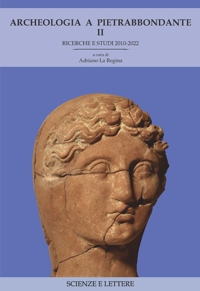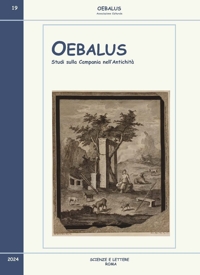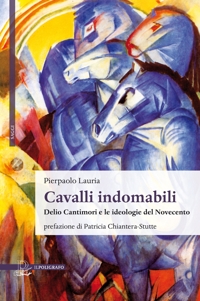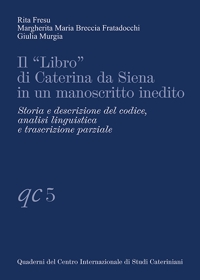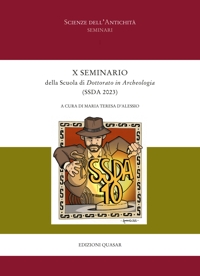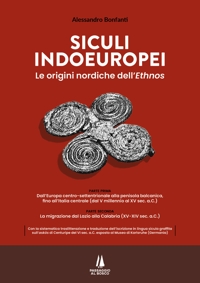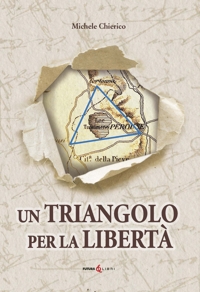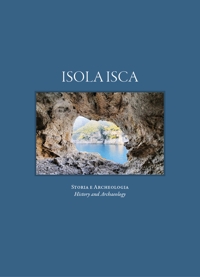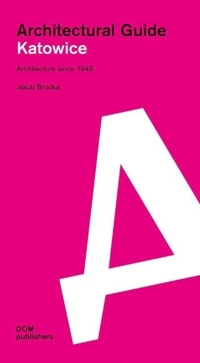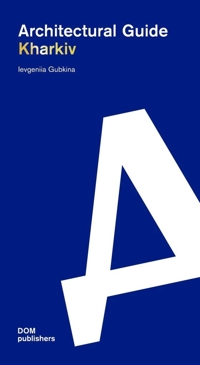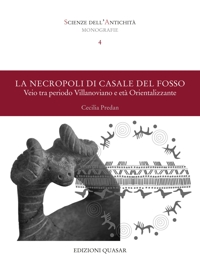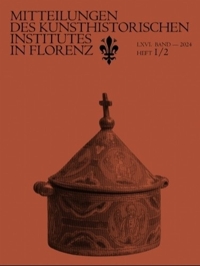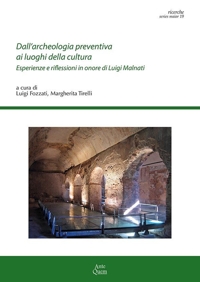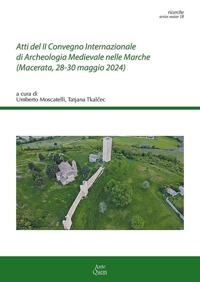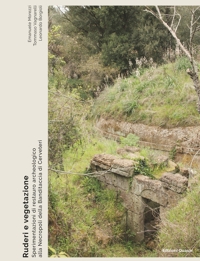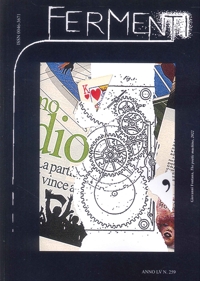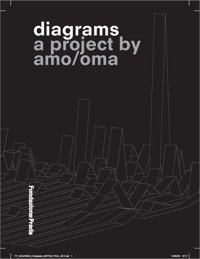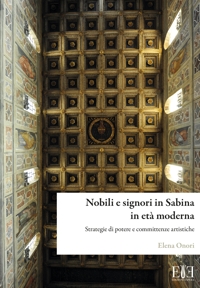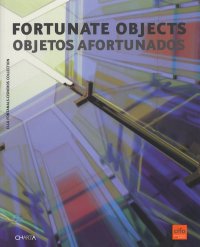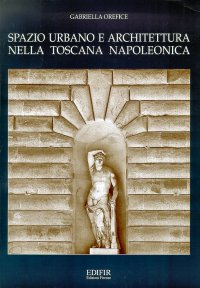Felice Palma. Massa 1583-1625. Collezione / Collection.
Texts by Andrei Cristina, Ciarlo Nicola, Federici Fabrizio, Claudio Casini and Sara Ragni.
Italian and English Text.
Pontedera, 2024; bound in a case, pp. 289, b/w and col. ill., b/w and col. plates, cm 24,5x34.
(L'Oro Bianco. Straordinari Dimenticati. The White Gold Forgotten Masters).
cover price: € 160.00
|
Books included in the offer:
Felice Palma. Massa 1583-1625. Collezione / Collection.
Texts by Andrei Cristina, Ciarlo Nicola, Federici Fabrizio, Claudio Casini and Sara Ragni.
Italian and English Text.
Pontedera, 2024; bound in a case, pp. 289, b/w and col. ill., b/w and col. plates, cm 24,5x34.
(L'Oro Bianco. Straordinari Dimenticati. The White Gold Forgotten Masters).
FREE (cover price: € 160.00)
Le botteghe del marmo
Italian and English Text.
Ospedaletto, 1992; bound, pp. 153, 10 b/w ill., 60 col. ill., cm 24x29.
(Immagine).
FREE (cover price: € 34.49)
Museo Stefano Bardini. I Bronzetti e gli Oggetti d'Uso in Bronzo
Edited by Nesi A.
Firenze, 2009; paperback, pp. 191, 102 b/w ill., 7 col. ill., cm 17x24,5.
(Museo Stefano Bardini).
FREE (cover price: € 30.00)
Bronzetti e Rilievi dal XV al XVIII Secolo
Bologna, 2015; 2 vols., bound in a case, pp. 729, ill., col. plates, cm 21,5x30,5.
FREE (cover price: € 90.00)
Roman temples, shrines and «temene» in Israel
Yehudit Turnheim - Asher Ovadiah
Giorgio Bretschneider
Roma, 2011; paperback, pp. 275, 128 b/w and col. plates, cm 23,5x30.
(Rivista di Archeologia. Supplementi. 30).
series: Rivista di Archeologia. Supplementi
ISBN: 88-7689-258-3 - EAN13: 9788876892585
Subject: Essays on Ancient Times,Religious Architecture/Art
Period: 0-1000 (0-XI) Ancient World
Places: Out of Europe
Languages: 
Weight: 0.89 kg
It would seem that these architectural complexes had either been deliberately concealed and/or destroyed in Late Antiquity (fifth and sixth centuries CE) by order of the Christian authorities and Byzantine emperors, or converted into churches. Some of them were demolished by later generations, natural disasters, fires, conquests, etc. The chronological range of the temples/shrines and temene, discussed in this book, extends over a period of approximately 250 years, from Herod's reign up to Severan era.
Daniele Amato € 19.00
€ 20.00 -5 %
Sara Munari € 17.10
€ 18.00 -5 %











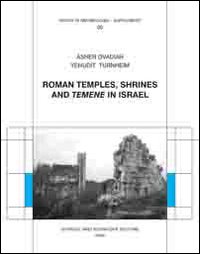
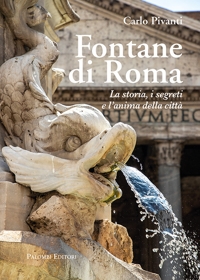

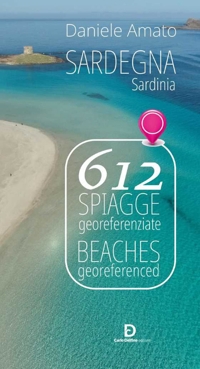










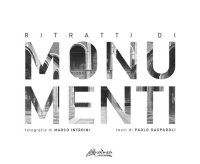
![Incantevole Puglia. Fra arte, storia e natura. [Edizione Italiana e Inglese]](https://immagini.libroco.it/copertine/IMMAGINI/3073/m-1536619.jpg)
